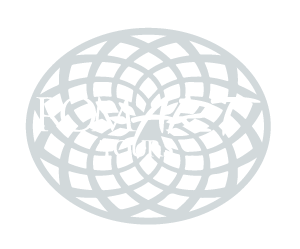Contemporary Rome: the Auditorium and the Maxxi Museum
Rome is one of the oldest cities in the world, but it never gets old! It’s a breathing, living town that continues to grow and experiment… so today, let me give you a taste of contemporary Rome. We are headed for the Flaminio neighborhood, just a couple of miles north of Piazza del Popolo.
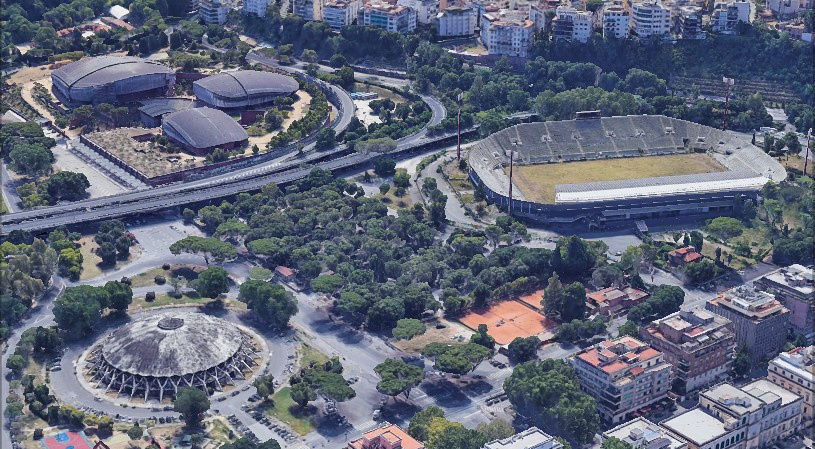
At the end of the nineteenth century, this area in the northern section of Rome was still subject to the flooding of the Tiber, and sparsely populated. The construction of the embankment walls alongside the river in the late 1800s made the area interesting to developers, and some of the most charming experiments in early twentieth century urban design can be found here (“Little London”, a quirky street lined with art déco houses that make you think of Notting Hill, or the social housing compound known as “Villa Riccio” are just two of the sights not to be missed when walking around the neighborhood).
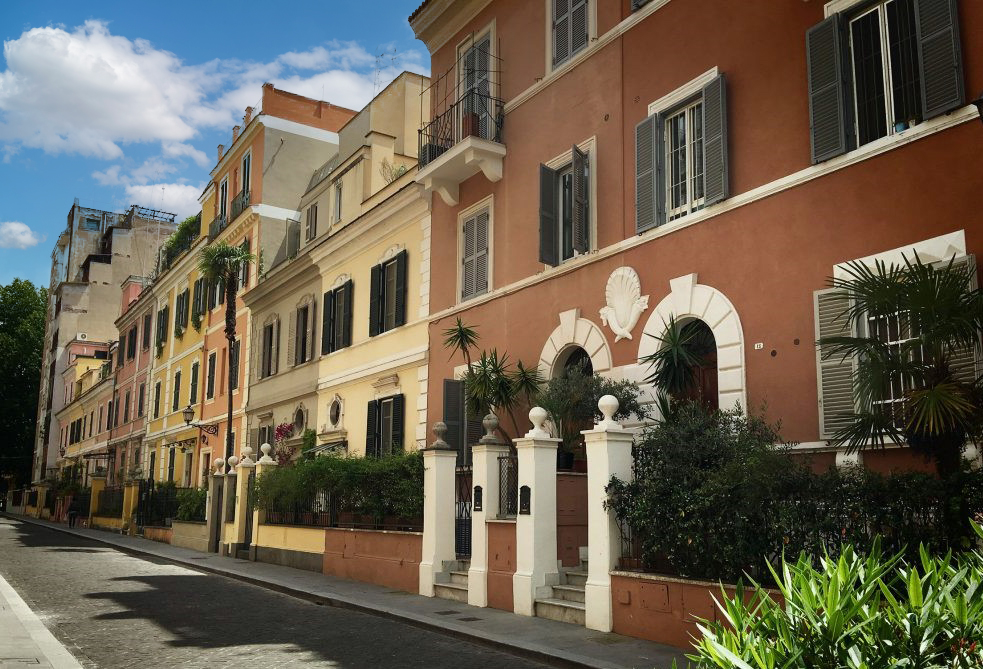
Between 1920 and 1940, while the Foro Mussolini was built on the opposite bank of the Tiber, several projects were made for this area; however, it was only with the Rome Olympics in the 1960s that the Olympic Village, the Palazzetto dello Sport, the Flaminio Stadium were created; and great architects such as Adalberto Libera, Luigi Moretti and Pier Luigi Nervi left their mark in the district.
Eventually, in 1994 Renzo Piano’s Auditorium was planned. It’s been an extraordinary urban improvement work, filling the gap represented by a completely run-down and abandoned area located between the Olympic Village and the Flaminio Stadium.
Known as the Parco Della Musica, this sleek modern multi-functional complex blends cutting-edge architecture and state of the art acoustics encompassing three enormous concert halls and a 3000-seat open-air arena.
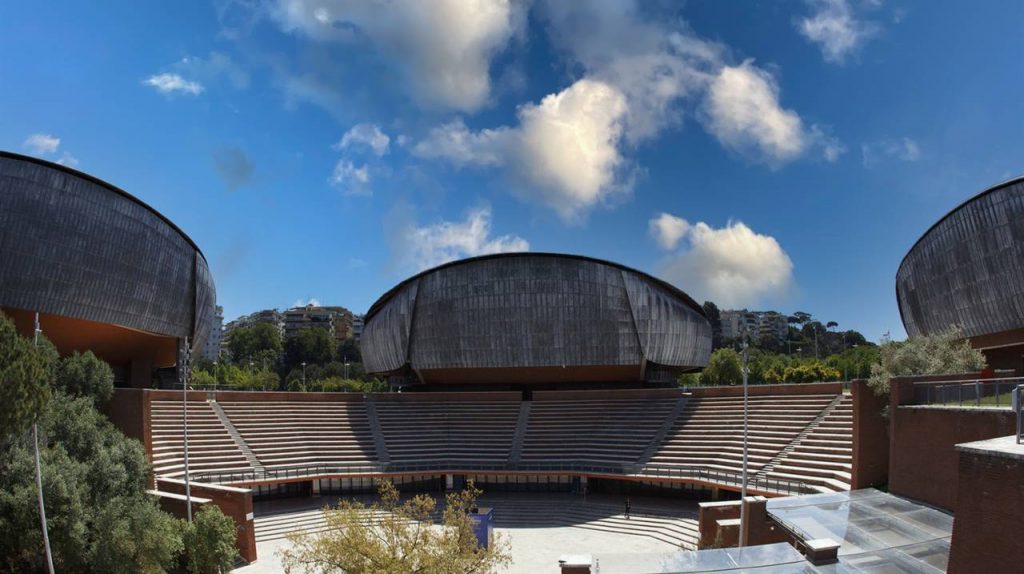
The 3 halls are: Sala Santa Cecilia, with about 2800 seats; Sala Sinopoli, in memory of conductor Giuseppe Sinopoli, seating about 1200 people; and Sala Petrassi, in memory of composer Goffredo Petrassi, with 700 seats. Their outer architectural form has led to nicknames such as “the blobs,” “the beetles,” “the turtles” and “the computer mice”. The outdoor theater, called the Cavea, recalls ancient Greek or Roman performance spaces and is fan-shaped around a central piazza.
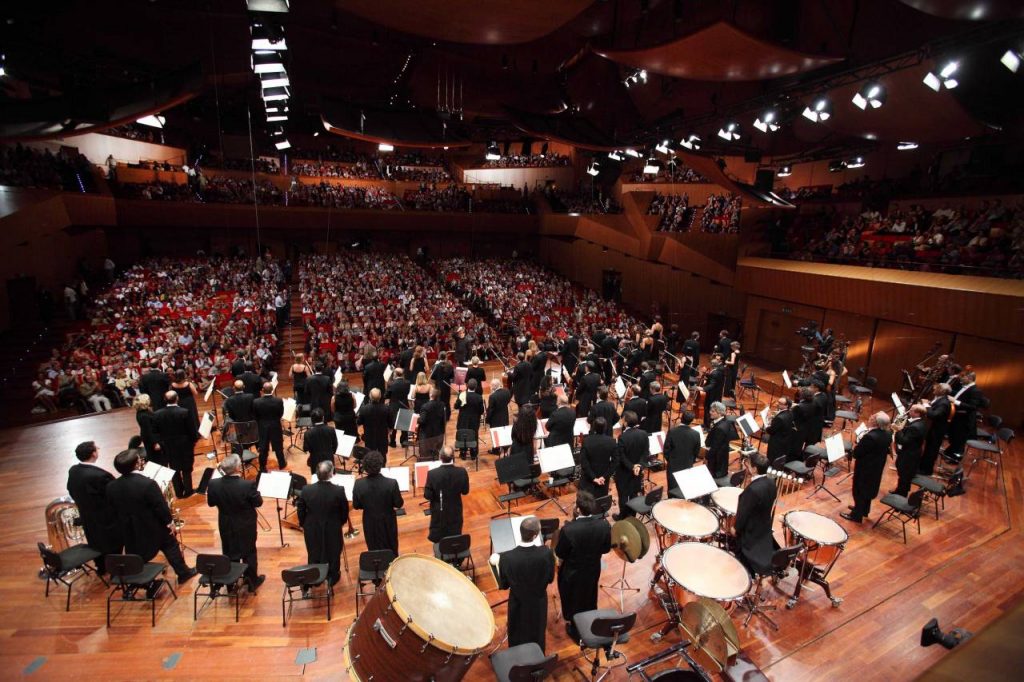
The Auditorium is home to one of Italy’s finest orchestras, the world-class Orchestra of Accademia Nazionale di Santa Cecilia. The Academy is one of the oldest musical training institutions in the world, founded in the 16th century. The resulting orchestra has been conducted by such legendary composers as Mahler, Stravinsky and Strauss and performs over 250 concerts a year focusing on symphonic and chamber music.
The venue is also armed with several chic and lively bars, restaurants and shops, and it is the centre for many spectacular live music concerts of classical, contemporary, chamber and sacred music, while hosting many cultural events in Rome such as the International Film Festival held here every November.
During construction, excavations uncovered the foundations of a villa and an oil-press dating from the 6th century BC. Renzo Piano then adjusted his design scheme to accommodate the archaeological remains and included a small museum to house the artifacts discovered, delaying the project’s completion by a year.
Parco della Musica was inaugurated on 21 December 2002. Within a few years it became Europe’s most-visited music facility. In 2014, it had over two million visitors, making it the second-most-visited cultural music venue in the world, after Lincoln Center in New York.
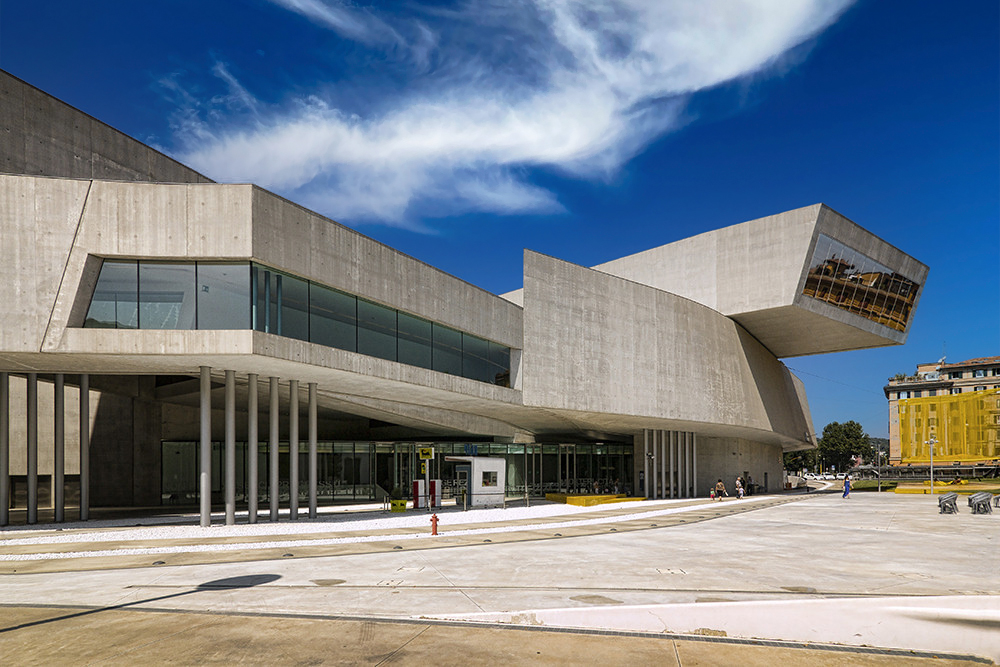
The other cultural hub of this neighborhood is the Museum for XXI Century Art, aka Maxxi, designed by “archistar” Zaha Hadid. When thinking of the Maxxi, we should abandon any traditional ideas of a museum as simply a place where art or artifacts are displayed.
A reflection on the concept of museum had been underway since the 1980s, arriving at the idea of a multifunctional space, to be understood not only as a static container-exhibitor of works of art. A museum can revive the economy of a city, as happened for example in Bilbao, Spain, with the Guggenheim museum designed by Canadian architect Frank O. Gehry. It was therefore decided to create a large museum-laboratory of architecture and contemporary art in Rome as well: in 1998 an international competition was held, with 273 applications, including 100 Italian architects. From the first selection 15 projects emerged, and finally Zaha Hadid’s project was chosen.
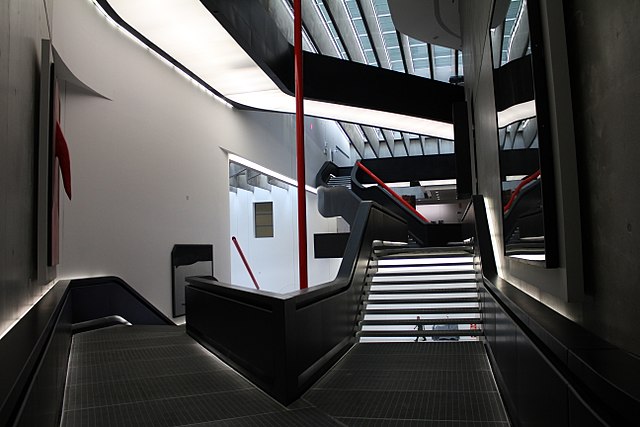
The project created a lot of technical challenges. Here, for the first time, an extraordinary cement, 3-SC (self compacting, self compressing, self curing cement), was used extensively. This cement solidifies at any temperature; inside it has fluidifying components so it perfectly occupies all the space destined for it, despite the forest of steel bars contained inside; the formworks were made of very expensive birch, covered with a special resin to make them smooth (otherwise the surface would have been rough): it looks like stucco or resin from the outside, and it even reflects light.
It is a type of architecture that cannot be achieved without a computer: there are no corners anywhere, it is a very complex spatial structure created through flows of spaces. Fluidity is the trademark of Zaha Hadid’s style, a concept she applied not only in her amazing buildings around the world, but in her ventures into the world of fashion as well.
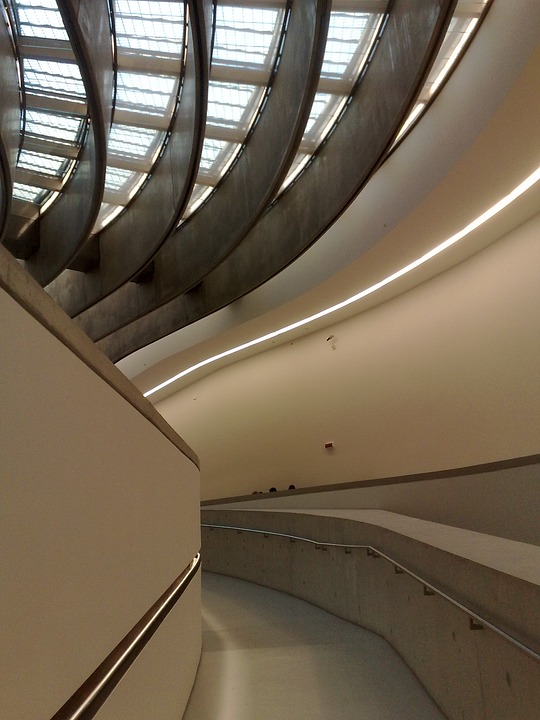
These flows are not always superimposed on each other, but develop on the void, also creating challenges on a static level (the most striking section of the museum is Gallery 5, with its sloping floor, a height of 22 meters and jutting out for 9 meters). The project seems to want to re-propose the historical and archaeological stratifications that are typical of the city of Rome.
The Maxxi and the Auditorium have played a keyrole in reviving this district of the city, and in the year 2000, an international design competition was organised by the Municipality of Rome for a new pedestrian bridge to cross the river Tiber, for an easier access to the area. The bridge, known as Ponte della Musica, is an interesting public space that can also be used for exhibitions, festivals and fairs.
To explore the Flaminio neighborhood, you can easily reach it riding tram n. 2 from Piazzale Flaminio.
P.S. as usual, allow some time for an amazing gelato either at Neve di Latte or Pico, and a nice lunch in one of the many restaurants and bistrots!
